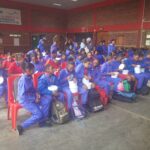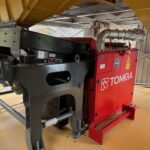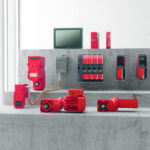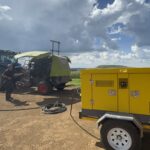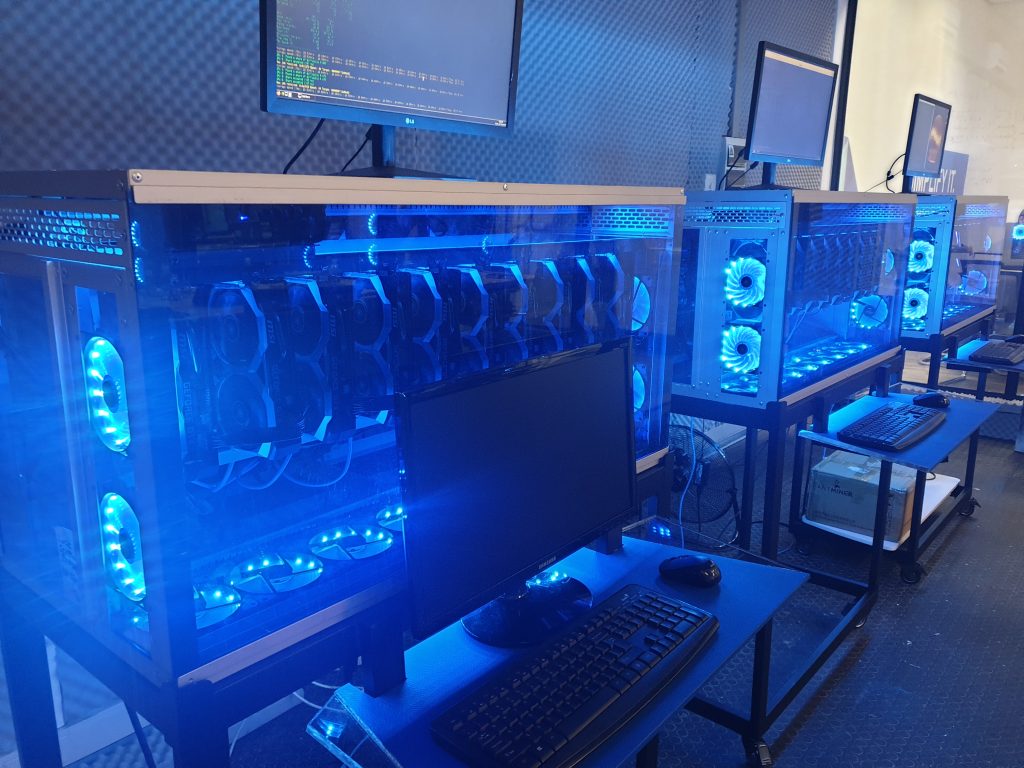Whirring away in the bowels of an office block in northern Johannesburg is a crypto mine that is rated among the most profitable in the world.
Banks of graphics cards, powered by solar panels positioned on the roof above, solve complex mathematical puzzles and get rewarded in a currency known as Transaction Service Fee or TSF. TSF is the currency used to transact on the Transaction Service Fee blockchain, and is currently valued at about $0.24, which is up about five-fold over the last nine months.
The rising TSF price has attracted crypto ‘miners’ from around the world eager to jump aboard one of the most profitable mining ventures in the world.
Crypto mining has become a massive global business, with its own economy made up of mining ‘rig’ suppliers, developers and the miners themselves.
Why Joburg?
Earlier this year, China banned crypto mining and that drove miners to more congenial locales with relatively cheap electricity like Texas in the US, and Kazakhstan.
South Africa, with its notorious power grid problems, does not feature on the list of most favoured nations for crypto mining.
Which makes the TSF crypto mine all the more interesting. As crypto prices rise and fall, miners shift their attention to the next gold rush and recalibrate their equipment to the most profitable mining ventures available. And that has put TSF on the global crypto map.
The crypto mine is owned by a blockchain company called Libertas, which is part of a global revolution focusing on smart contracts and blockchain technologies that enable business transactions without the need for agents such as lawyers and banks. For example, wills, insurance contracts and financial contracts can be written in computer code and executed without any dispute or delay.
“It might be strange to some people that we are doing crypto mining from an office park in Rivonia, and doing it profitably, but you need solar panels to do this effectively,” says Libertas chief operations officer Dragan Vidakovic.
The solar panels generate 3.34 kilowatts of power, which is sufficient to power the crypto mine – which produces 1 gigashash (or 1 billion ‘hashes’ or puzzles) per second – and supply the electricity needs of the Libertas office, including lights, computers, air conditioning and other appliances.

The solar set-up generates enough energy to power the crypto mine and meet the electricity needs of the Libertas office. Image: Supplied
A second and much larger 15 gigahash crypto mine is located in Bosnia-Herzegovina in Europe, powered by hydro-electricity.
Both mines are generating TSF coins to finance payments and transactions on the TSF blockchain. Clients are required to purchase TSF ‘tokens’ or coins in order to transact on the blockchain, and this creates constant demand for the coins.
While scores of miners around the world have set up mining operations to profit from the TSF coins, Libertas itself accounts for the bulk of mining activity.
Surplus energy generated by the solar panels is stored in batteries, which keep the mining rigs going during the night hours, with the Eskom grid kicking in for between two and four hours a day, depending on the quality of sunshine during the daylight hours.
“Here in Joburg we have about 12 kilowatts available from the solar panels, and we are only using around half of that, so we have capacity to expand the mining operation – which we will do as demand for the coins increases,” says Asif Aziz, chief technology officer at Libertas.
TSF coins
Demand for TSF coins comes from business customers such as insurance companies looking to remove human agents from their business operations and execute smart contracts based entirely on computer code.
All sorts of business processes are being transferred to the blockchain.
Take the subject of wills, for example. These rely on intermediaries such as lawyers and financial consultants to draft the wills and then interpret them when it comes time to distribute the estate of the deceased person. A far simpler method is to write the conditions of the will into computer code in the form of a smart contract that cannot be altered or disputed later.
Demand for TSF coins also comes from those interested in issuing NFTs or non-fungible tokens, which is creating a massive new economy around electronic property rights.

